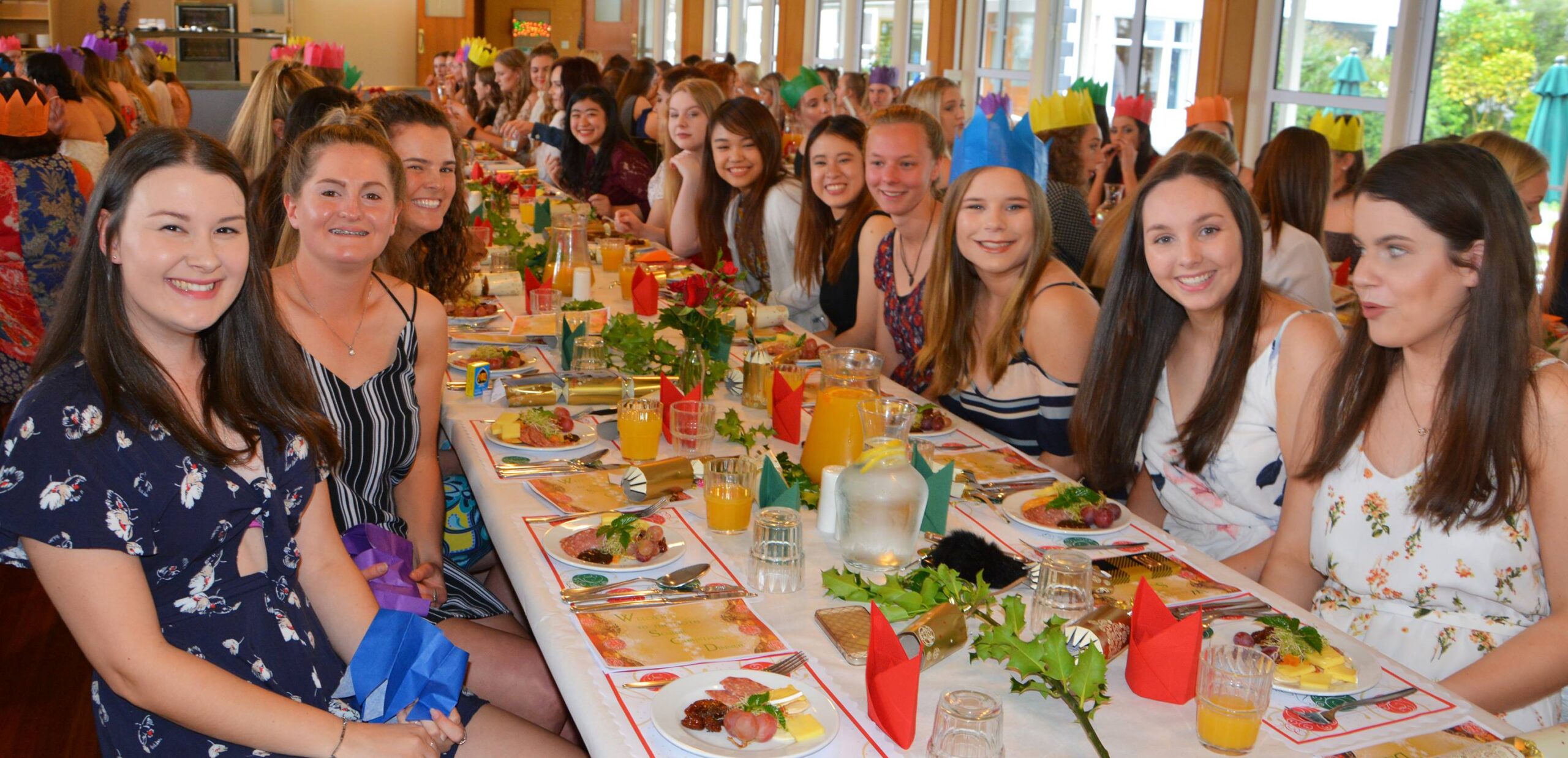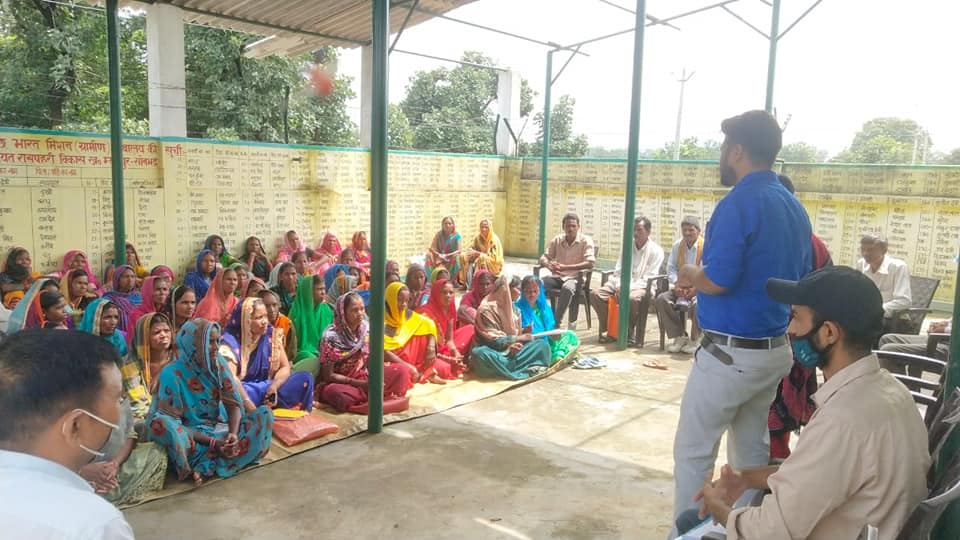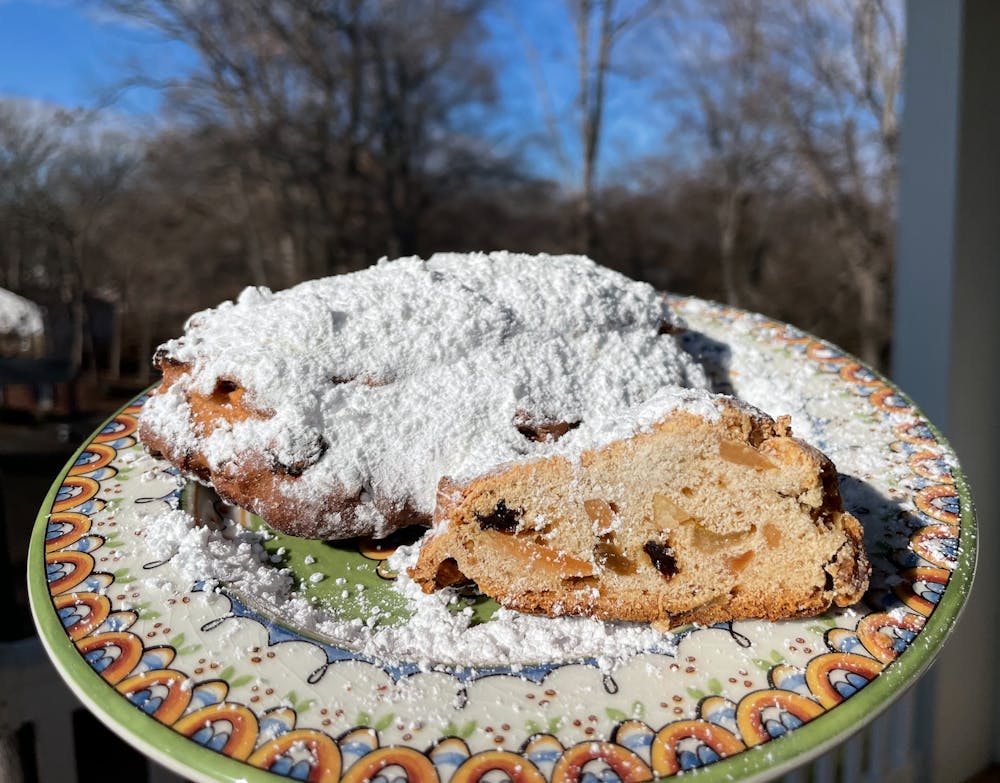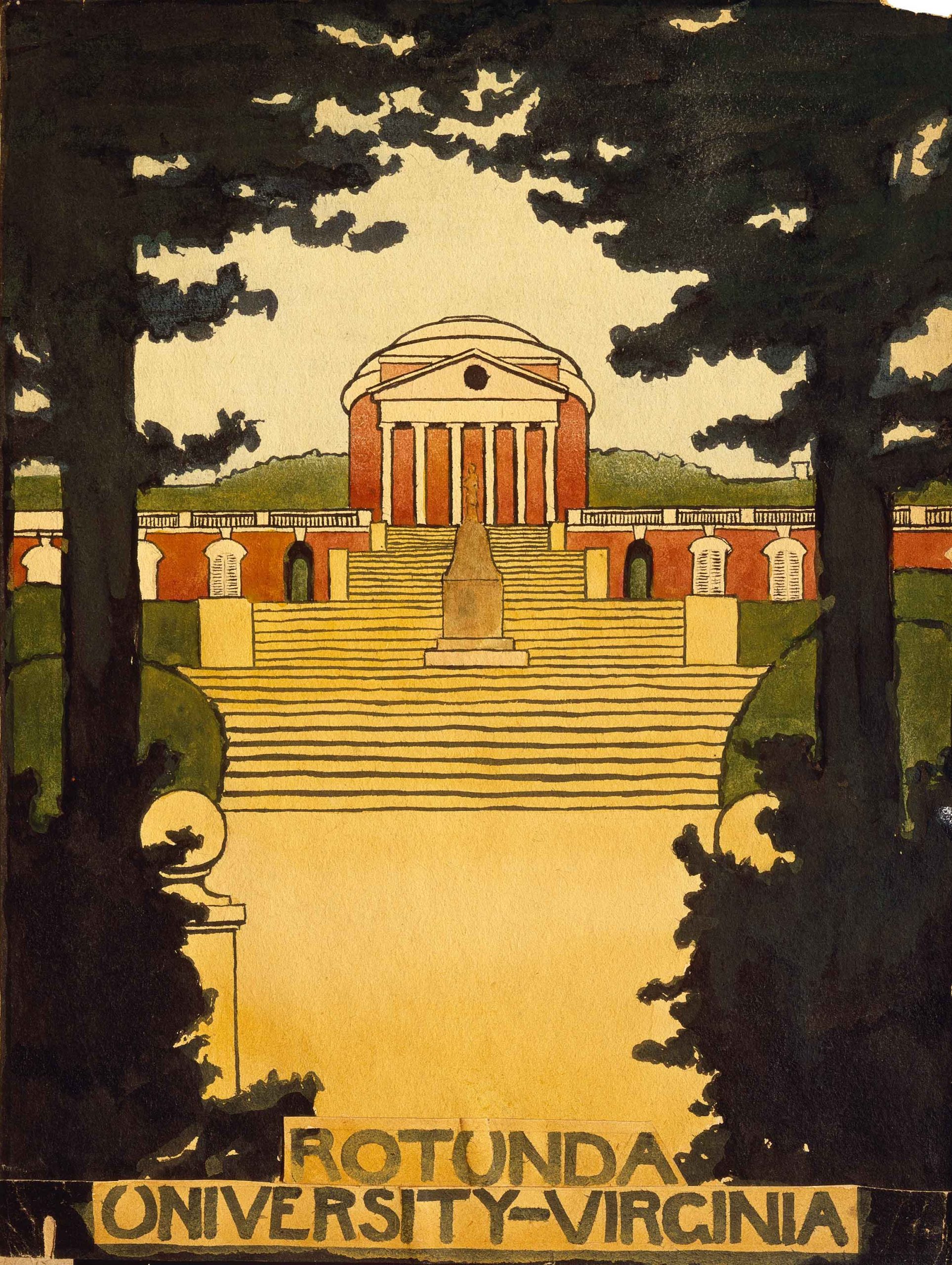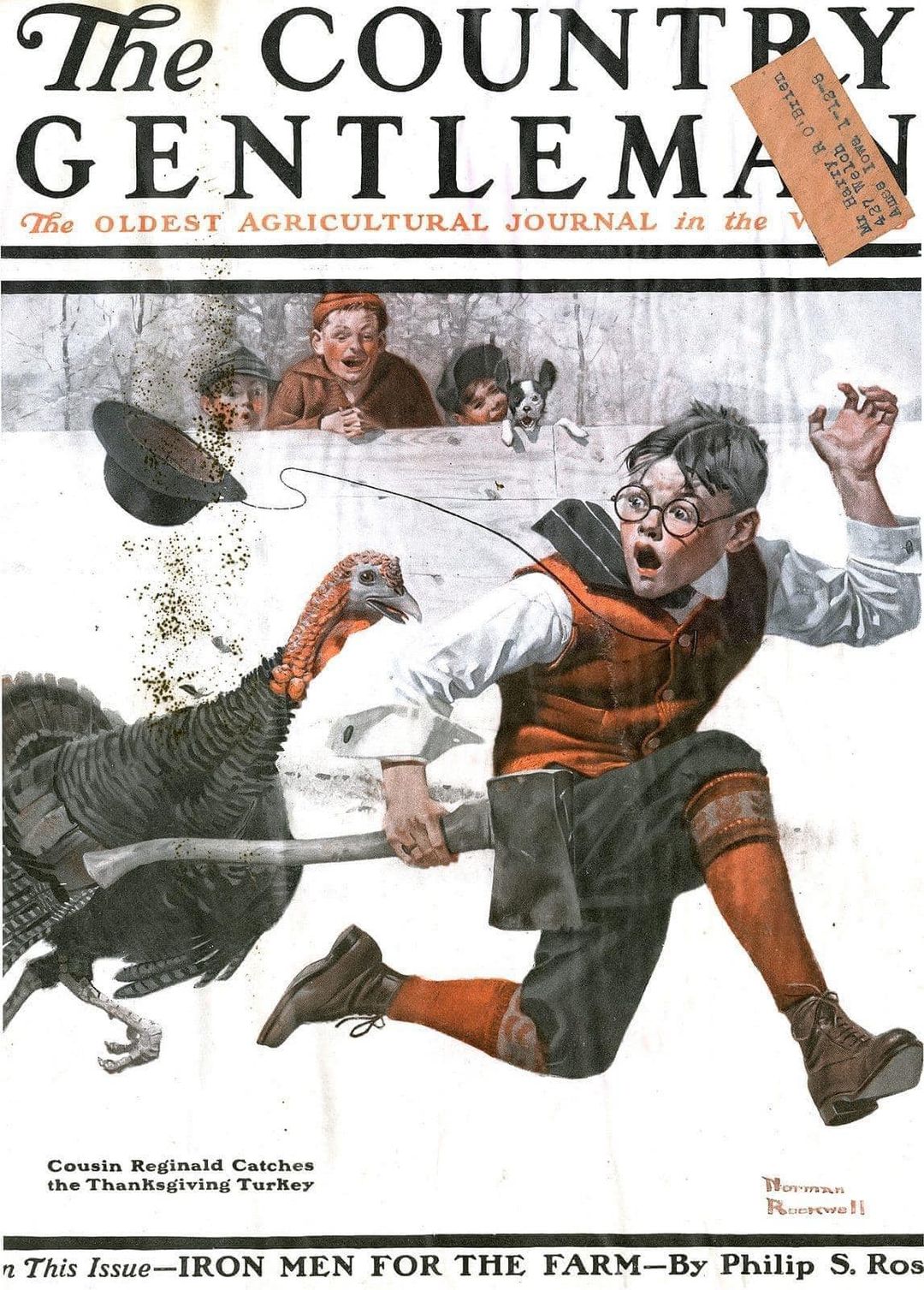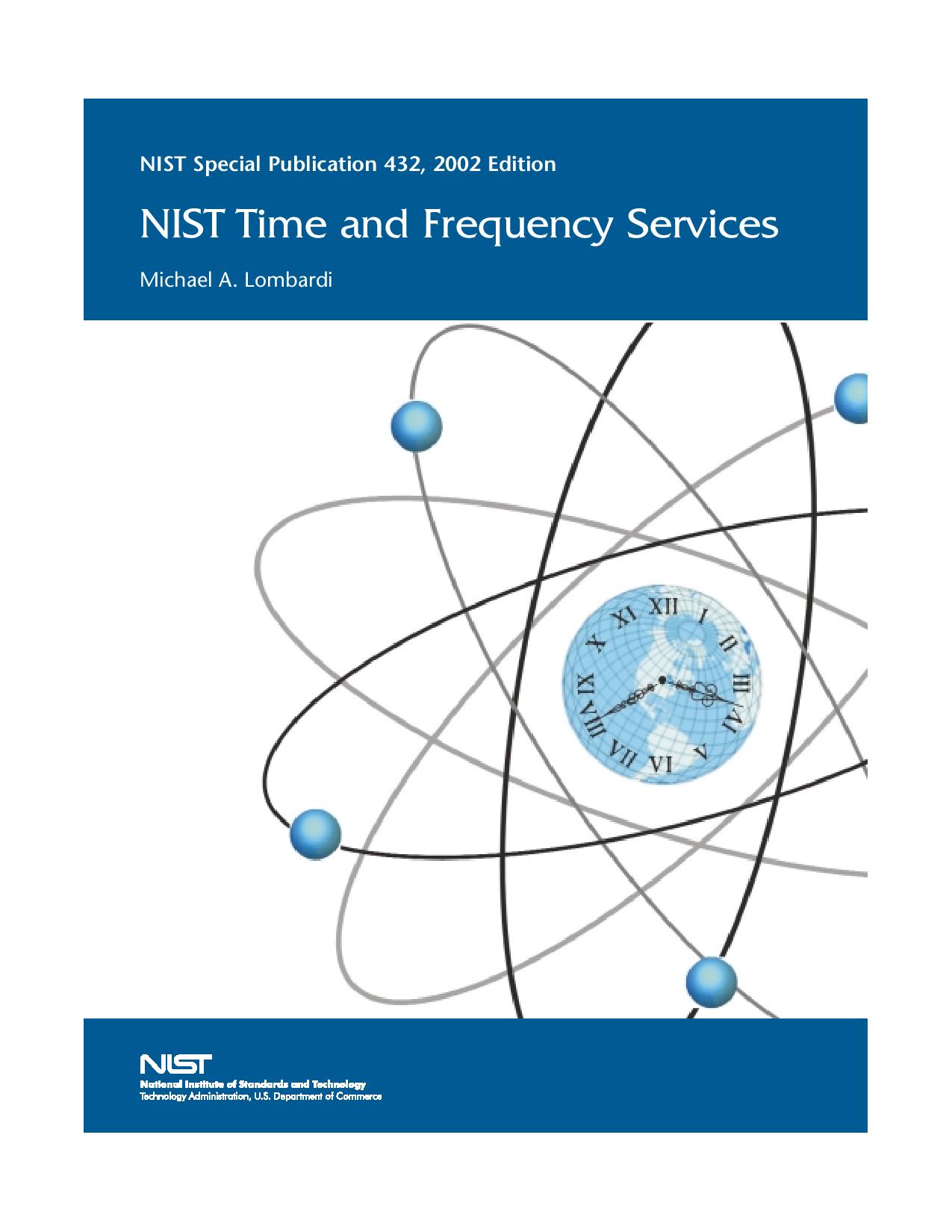Monday | December 8 | Colloquium 16:00 UTC
Andrea Cohen: pic.twitter.com/WoCDCOi5oh
— Dr. Maya C. Popa (@MayaCPopa) December 9, 2024
Tuesday | December 9 | Colloquium 16:00 UTC
It’s called character-building weather for a reason. 😅 pic.twitter.com/goTS8Htnbb
— Alumni Association of the University of Michigan (@michiganalumni) December 12, 2024
Wednesday | December 10 | Colloquium 16:00 UTC
Good morning! 🌟
This Wednesday, remember the magic of childhood—pure, joyful, and fleeting.
Let them be little, especially during this season of wonder. 🎄❤️ #LetThemBeLittle #ChristmasMagic pic.twitter.com/ubXoh3OKk4
— Mrs. Smith (@danismith1979) December 11, 2024
Thursday | December 11 | Colloquium 16:00 UTC
The glorious playing of Septura – surely our premier brass ensemble – added the crowning touch to a Christmas concert I have just guest-conducted in the magnificent setting of Guildford Cathedral. JR pic.twitter.com/5huu8kAZTG
— John Rutter (@johnmrutter) December 10, 2024
Friday | December 12 | Colloquium 16:00 UTC
Ope. pic.twitter.com/oUNZvKC7oD
— Natalie Kovarik (@natalie_kovarik) December 12, 2024
Saturday | December 13
Sunday | December 14


